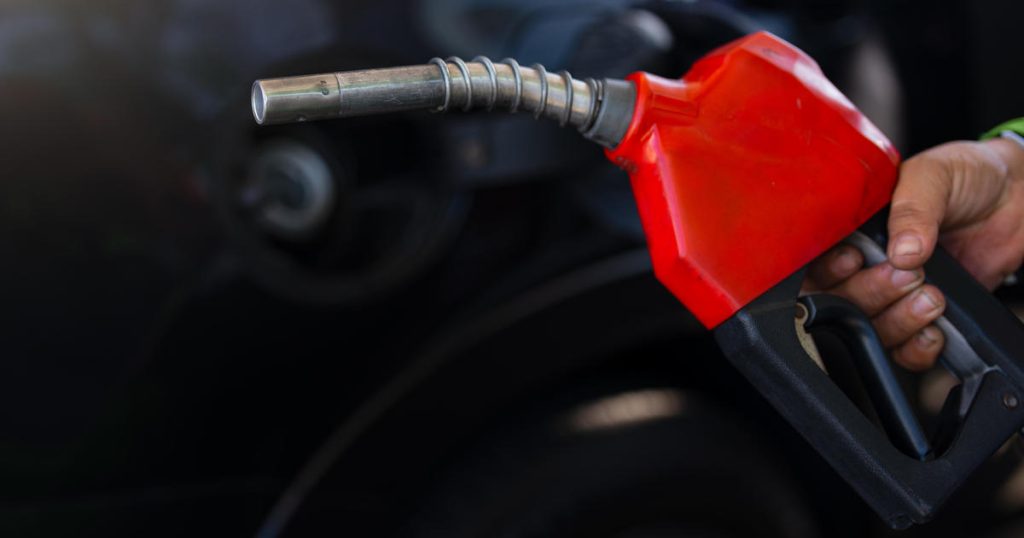Gas prices are on the rise, prompting budget-conscious motorists to consider filling up sooner rather than later as prices are expected to continue increasing in the near term. The national average for unleaded gas is currently at $3.63, driven up by the approaching peak driving season and the switch to more costly summer gasolines by refineries. Prices have been steadily increasing, with motorists paying an average of six cents more per gallon than a week ago and 23 cents more than this time last month. Despite the current increase, gas prices are similar to where they were a year ago when a gallon of unleaded cost $3.61.
The rising cost of gas has contributed to the surprise jump in inflation last month, with more than half of the March rise in the consumer price index attributed to vehicle and housing expenses. Gas prices increased by 1.7% from February to March, driving up the overall inflation rate to 3.5% from a year ago. Factors contributing to the higher gas costs include routine factors such as refinery maintenance, the switch to summer gasoline, and increasing demand. Additionally, geopolitical factors like the Russian-Ukraine conflict and Israel’s actions against Hamas in the Gaza Strip have led to higher oil prices, reaching six-month highs.
Intelligence indicating that Iran may retaliate following the Israeli attack on an Iranian consulate in Syria is contributing to the volatility in global commodity markets. The U.S. government has advised against further attacks on Russian oil refineries by Ukraine to avoid further disruptions in global energy markets. Gas prices are expected to continue rising, particularly on the West Coast where they are already high. The transition to summer gasoline in mid-Atlantic and Northeast states will also drive up prices in those regions. California currently has the highest gas prices at $5.41 per gallon, with several other states also seeing prices above $4 per gallon.
Budget-conscious motorists are urged to monitor gas prices and consider filling up sooner to avoid higher costs in the near future. The increased prices are due to a combination of seasonal factors, rising demand, and geopolitical tensions that are impacting global oil prices. Analysts predict that gas prices will continue to rise in the coming weeks, particularly on the West Coast and in regions transitioning to summer gasoline. By staying informed and planning ahead, motorists can mitigate the impact of rising gas prices on their budgets. Despite the current increase, gas prices are comparable to where they were a year ago, providing some reassurance to consumers.


